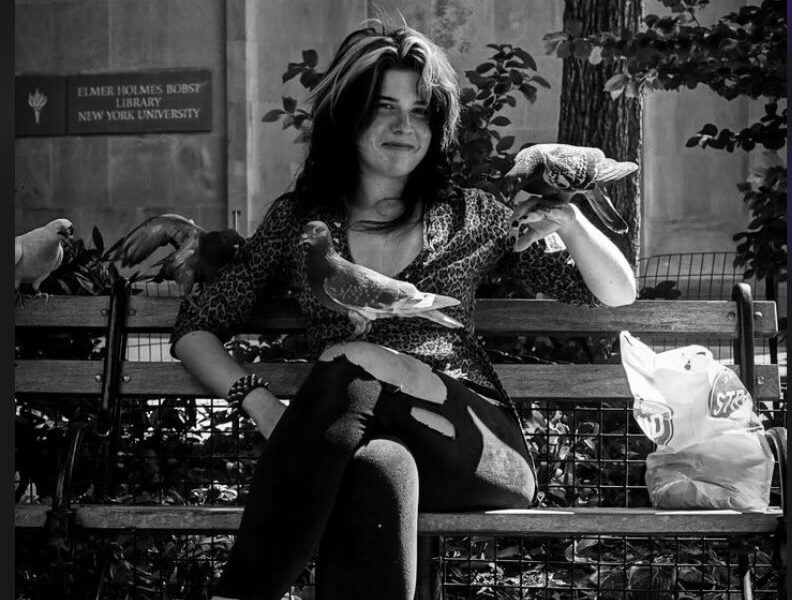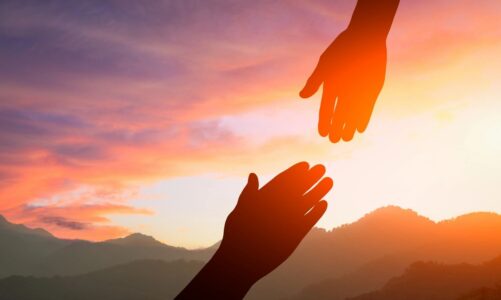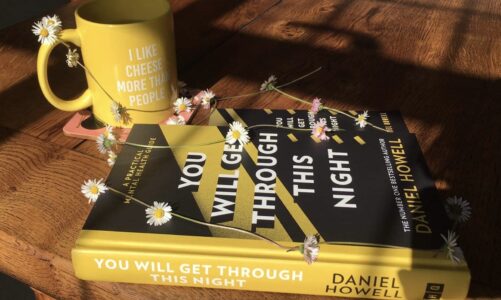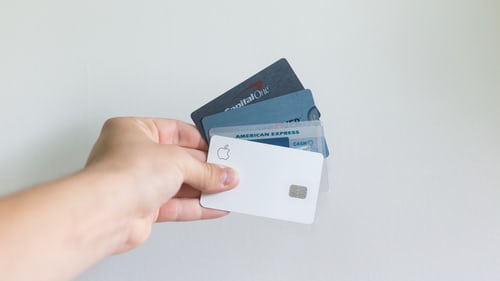Flynn Murtaugh always carries a hand sanitizer in her purse. It’s not to guard against subway germs or lather on before she eats lunch; it’s because of hair nets that don’t get thrown away.
“I know it’s disgusting, but those things are what the pigeons get stuck in, and it cuts off circulation,” says the 23-year-old bird lover. And in New York City, “there’s a lot of hurt pigeons,” she adds.
To a large degree, this is because millions of pigeons take up residence in New York’s concrete jungle. While it’s impossible to estimate the exact number, a good rule of thumb is to assume that there’s “one pigeon per person,” according to NYC’s Animal Control and Wildlife Services. (There are over eight million New Yorkers; you do the pigeon math.)
And according to the New York City Department of Parks & Recreation, pigeons are at high risk of injury in a busy metropolis, as they constantly come in the way of “cars, trains, bikes, pedestrians, loose strings from clothing or even hair.”
Murtaugh wasn’t raised in New York—she grew up a bird lover in the waterfront town of Westport, Connecticut, where she never came across wounded wildlife in the streets. The abundance of bruised pigeons in New York City was a bit of a culture shock.
When she spots an injured bird, she’ll pluck it up and stick it in her purse to bring to the Wild Bird Fund, a nonprofit organization dedicated to bird rescue and rehabilitation on the Upper West Side of Manhattan.
Kayla Zur, Murtaugh’s friend, marvels at her dedication. The two were walking along the Westside Highway one afternoon when Murtaugh, who works in the fashion industry, came across an emaciated pigeon near Little Island. “She starts making room in her bag to put this pigeon,” recalls Zur. “And she was like, ‘sorry guys, I gotta go.’” Murtaugh then hopped on a subway up to the Wild Bird Fund.
At first, her friends were a bit confused and concerned about all this doting on sickly pigeons. But she soon reassured them. “A lot of people call pigeons the rats of the city, and they’re not,” Murtaugh says. “They have very few diseases they could transmit to humans.”
The New York City Department of Health and Mental Hygiene concurs; their website says that “the risk of pigeon-related diseases is rare.” Most human illnesses attributed to pigeons come from being in close breathing distance to their droppings; health officials also advise anyone who comes into contact with droppings to “take precautions” and “wash [their] hands.”
Murtaugh takes the appropriate safety measures, but she still gets a lot of odd or surprised looks while rescuing birds. One time she crawled underneath a parked car and scooped up an injured pigeon hiding underneath.
“I didn’t know there was someone in the car,” she said. The driver was surprised to see a woman pop up out of nowhere with a bird in hand.
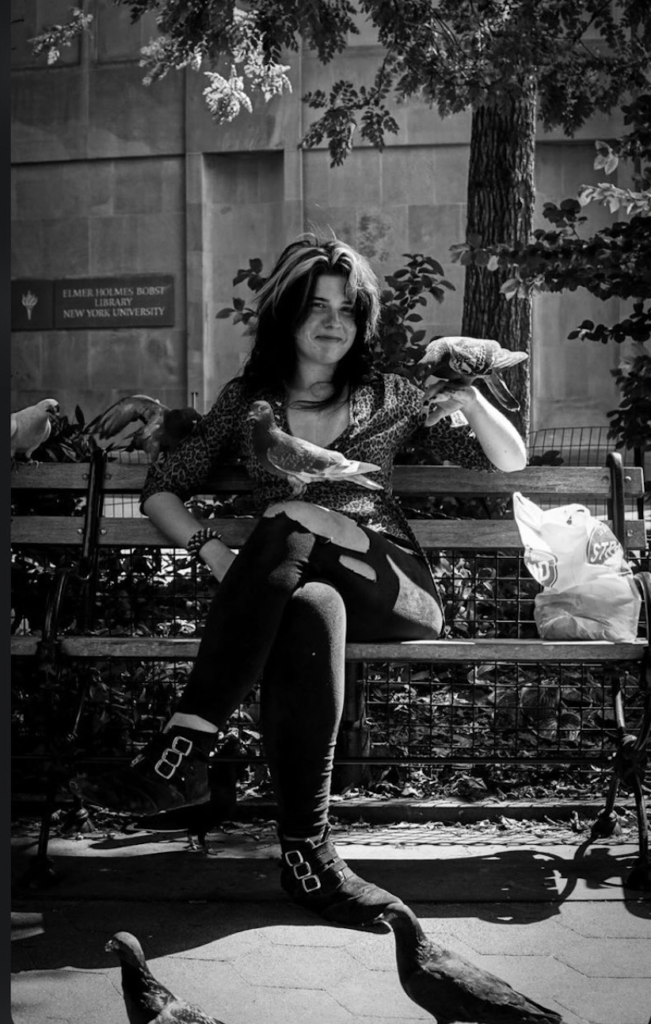
Murtaugh isn’t the only person concerned with the plight of pigeons in New York City; there’s a community of bird rescuers that make pigeons their priority. Maria Lomidze, 21, says she spends every day with pigeons, whether in Central Park or Washington Square.
It started when she was laid off from her job. Crying, she sought refuge in Washington Square Park. The only thing that made her feel better was feeding the pigeons. “Ever since, they’ve been like my best friends,” she says.
Lomidze is a bird rescuer herself, searching for white pigeons that are “sadly released from Catholic funerals and confirmations.” Although it’s the dove that’s associated with Christianity, palomacy (pigeon diplomacy) groups assert that it’s usually pigeons that are “selectively bred to be all white, small and dove-like” that get released at these events.
Lomidze once formed a special bond with one she found in Stuyvesant Park, taking the bird in for about a week. “I was feeding her, I bathed her.” Soon after, she found a safe home in Maryland for the bird through someone she met via a pigeon community on Facebook. There’s a whole network of such good samaritans, which includes farmers who sometimes adopt city pigeons to help fertilize their properties.
Lomidze and Murtaugh stand out among a small but dedicated group of people who come to the aid of wounded New York City pigeons. Lomidze thinks that the distinctly urban avian species appreciates the help: “Once you form a bond with them, they don’t forget that.”

